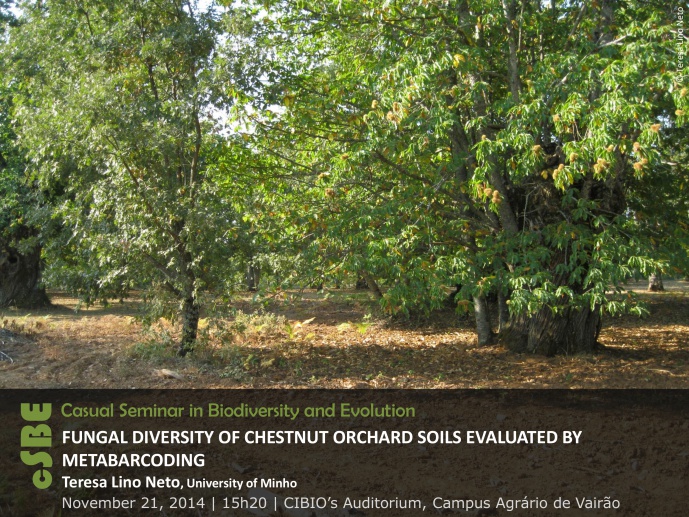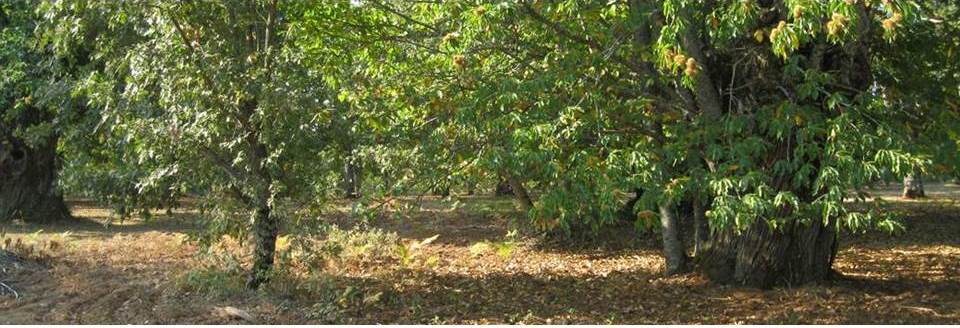FUNGAL DIVERSITY OF CHESTNUT ORCHARD SOILS EVALUATED BY METABARCODING

CASUAL SEMINAR IN BIODIVERSITY AND EVOLUTION

Next Generation Sequencing (NGS) methods applied to soil fungal biota provides the opportunity to unveil this diversity and to open a window on functional guilds in soil. In this presentation, I will compare the fungal diversity associated to Castanea sativa orchards using fruitbody surveys over two years (aboveground approach) and 454 metabarcoding (belowground approach). Besides the detection of a rich mycorrhizal community, this study provided a belowground view of parasitic and saprotrophic fungal community.
Since her PhD Teresa Lino Neto has been involved in the study of systems where oxidative stress enzymes are involved, namely on the plant-microbe interaction, and also on plant thermotolerance. The results obtained in these projects, led Teresa to become increasingly more interested in the antagonistic relations between soil-borne fungi. More recently, high throughput sequencing approaches have been used for studying the transcriptome of Quercus suber upon mycorrhization or abiotic stress conditions or for a metabarcode analysis of soils containing high amounts of fungi. She has been involved in the functional characterization of genes related to abiotic stress (temperature and drought stresses), as well as biotic stress (mycorrhization) plant responses.
[Group Leader: Ana Assunção, Plant Biology]
Image credits: Teresa Lino Neto